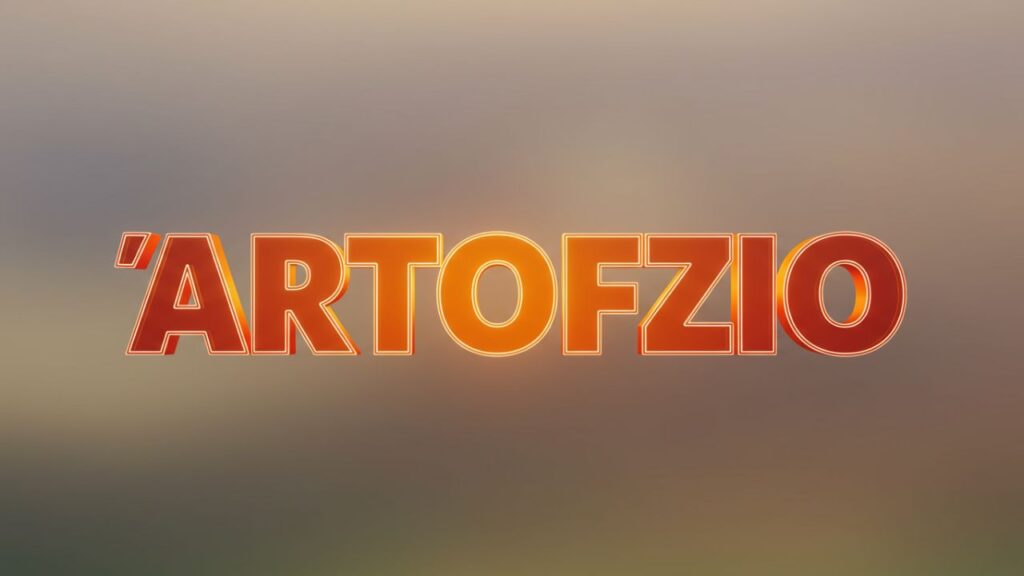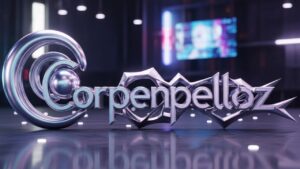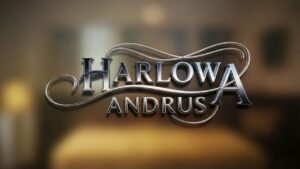Introduction: What Is Artofzio?
The term artofzio has been gaining attention in niche creative and technological circles. But what exactly does artofzio represent today? In this guide, we’ll explore the origins of artofzio, its defining characteristics, how people use it, and where it might go in the future. By the end, you’ll have a clear understanding of how can influence your work or interests.
Table of Contents
-
The Origins and Evolution of Artofzio
-
Core Principles Behind Artofzio
-
Design Philosophy
-
Technical Foundations
-
-
Key Applications of Artofzio
-
Benefits of Using Artofzio
-
Challenges When Adopting Artofzio
-
Best Practices for Working with Artofzio
-
Future Trends and Innovations in Artofzio
-
Conclusion
1. The Origins and Evolution of Artofzio
The word artofzio appears to be a portmanteau blending “art” with a novel suffix, suggesting a fusion of creative expression and modern technology. Its earliest documented usage emerged around the early 2020s in design and digital art forums, where practitioners sought a new label for experimental multimedia work.
Over time, artofzio evolved from a loosely defined creative concept into a more structured framework. Today, communities and small studios reference when describing hybrid artworks that combine generative algorithms, visuals, and narrative. Because it is relatively recent, artofzio remains flexible in meaning, allowing for evolving interpretation.
2. Core Principles Behind Artofzio
2.1 Design Philosophy of Artofzio
At its heart, stands for a balance between spontaneity and structure. Its design philosophy emphasizes:
-
Expressive constraints: Encouraging creativity within defined rules or parameters.
-
Adaptive evolution: Letting works shift dynamically rather than being static.
-
Cross‑disciplinary fusion: Blending visual art, sound, code, and interaction under one umbrella.
This philosophy ensures that artofzio pieces aren’t purely random but guided by intent.
2.2 Technical Foundations of Artofzio
From a technical standpoint, projects often rest on:
-
Generative algorithms: Code that produces evolving forms or patterns.
-
Data inputs: External or internal datasets shaping behavior.
-
Interactive feedback loops: Where user actions influence the output.
-
Rendering engines: Tools to display complex visuals in real time.
Thus, artofzio combines artistry with computational rigor—the hallmark of its appeal.
3. Key Applications
People apply artofzio in several domains, including:
-
Digital art installations: Galleries use to present works that change over time.
-
Advertising and branding: Brands commission pieces to create dynamic logos or immersive visuals.
-
Music visualization: Sound-driven visuals that respond to audio in concerts or apps.
-
Educational tools: Teachers use demos to show the intersection of art and programming.
-
Virtual and augmented reality: Artofzio environments adapt as users move or interact.
Given its flexibility, fits well wherever creativity and computation meet.
4. Benefits of Using Artofzio
Why adopt rather than traditional static media? Here are several key advantages:
-
Engagement: Interactive and evolving nature holds viewers’ attention longer.
-
Uniqueness: Each experience can differ, giving a sense of novelty.
-
Scalability: Once the generative logic is built, you can produce many variations.
-
Integration: It works well with modern digital platforms, sensors, and APIs.
-
Innovation: It pushes boundaries and encourages experimentation.
These benefits make a compelling choice for creators seeking fresh expression.
5. Challenges When Adopting Artofzio
Of course, working also brings challenges:
-
Technical complexity: It requires programming, system design, and creative thinking.
-
Resource demands: Real‑time rendering can strain hardware and energy budgets.
-
Audience clarity: Some viewers may find evolving, abstract works confusing.
-
Maintenance and updates: As platforms change, code must adapt.
-
Tool fragmentation: No unified standard currently defines “arofzio,” so workflows can vary greatly.
Awareness of these challenges helps creators mitigate risks when embracing.
6. Best Practices for Working with Artofzio
To maximize success with projects, consider these practices:
6.1 Start with a Simple Prototype
Build a minimal working version—a seed concept—and test its dynamics before scaling complexity.
6.2 Document Your Algorithms and Rules
Keep clear records of how generative rules work so you or collaborators can iterate or debug later.
6.3 Optimize for Performance
Use efficient algorithms, reduce unnecessary rendering layers, and manage memory to avoid slowdowns in visuals.
6.4 Allow for Human Overrides
Even though is generative, incorporate ways for users or curators to influence or reset the flow.
6.5 Gather Feedback Early
Test your work with small audiences early, and use their responses to refine the experience.
6.6 Versioning and Backup
As your evolves, maintain version control so you can revert or branch ideas.
7. Future Trends and Innovations
Looking ahead, is likely to see exciting developments:
7.1 AI-Enhanced Generative Systems
Artofzio projects may incorporate AI models that adapt real‑time based on context, user input, or data streams.
7.2 Standards & Frameworks
As adoption grows, shared frameworks or toolkits could emerge, unifying practices and easing entry.
7.3 Mixed Reality Extensions
Expect to expand into augmented and mixed reality, where environments dynamically shift around users.
7.4 Community & Collaboration Platforms
Platforms dedicated to sharing assets, code snippets, and collaborative works may strengthen.
7.5 Sustainability-Aware Art
With concerns on energy and sustainability, works might prioritize minimal resource usage or renewable energy sources.
8. Conclusion
In summary, is an evolving paradigm at the crossroads of art and technology. Its blend of generative design, interactivity, and visual expression positions it as a leading direction for modern creatives. While adopting introduces technical hurdles and performance concerns, the rewards—a fresh, dynamic medium—are compelling.
Whether you’re a digital artist, programmer, educator, or creative explorer, invites you to break free from static constraints and imagine ever‑changing aesthetics. If you’d like help conceptualizing or building an project, I’m ready to assist with ideas, code snippets, or workflow planning.





